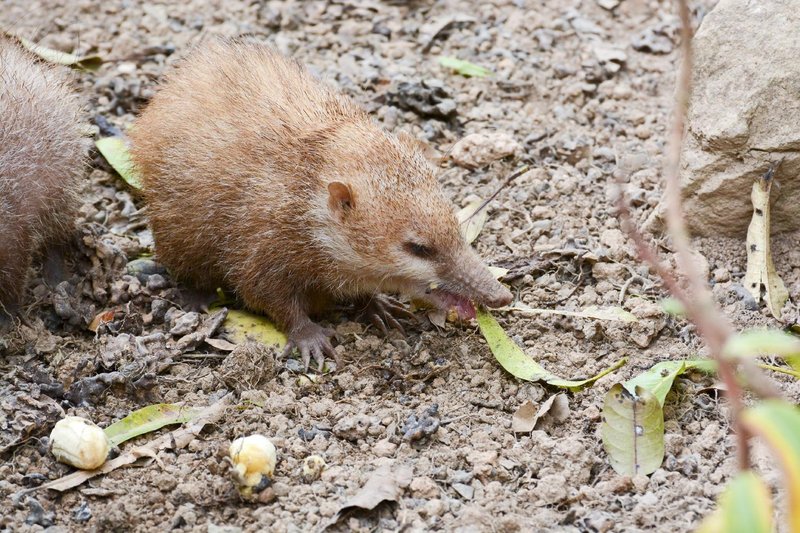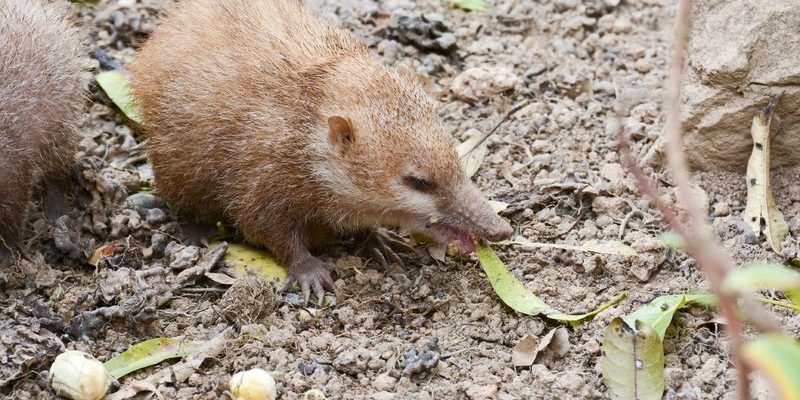
You might be wondering, what exactly is a tenrec? Picture a small, spiny creature that looks a bit like a hedgehog but with a personality all its own. Tenrecs are fascinating mammals with unique adaptations and behaviors that contribute to the balance of their habitats. In this article, we’ll delve into the different roles tenrecs play in their ecosystems, showcasing why they deserve a spotlight in the animal kingdom.
What Are Tenrecs?
Tenrecs belong to the family Tenrecidae, and they’re primarily found in Madagascar. By the way, Madagascar isn’t just home to beautiful landscapes and adorable lemurs; it’s also a biodiversity hotspot. Tenrecs come in various shapes and sizes, ranging from the tiny, shrew-like tenrec to the larger, more hedgehog-like varieties. They have a diverse diet, feeding on insects, plants, and even small vertebrates.
These little mammals are covered in fur and, in some species, spines. They come in a variety of colors from browns to deep blacks, blending beautifully into their surroundings. But here’s the kicker: tenrecs are nocturnal, coming to life when the sun sets. This gives them a unique ecological niche, as they often share their habitat with other creatures that are active during the day.
The Tenrec’s Role as a Pest Controller
One of the key roles tenrecs play in their ecosystems is that of a natural pest controller. They have an insatiable appetite for insects, which makes them invaluable in keeping insect populations in check. You might not think a small creature can make that much of a difference, but just imagine your garden without these little guys.
When tenrecs feast on insects, they help reduce the number of pests that can harm plants. This is particularly vital in Madagascar, where agriculture is a significant part of the economy. By controlling pest populations, tenrecs indirectly support farmers and promote healthier ecosystems.
Additionally, their foraging habits aerate the soil as they dig through it looking for food. This natural process enriches the ground, allowing for better plant growth and helping to maintain a balanced ecosystem.
Tenrecs as Seed Dispersers
Let me explain another fascinating aspect of tenrecs: they’re also seed dispersers. When tenrecs consume fruits and plants, they don’t always digest the seeds completely. Instead, these seeds can pass through their systems and get scattered in new locations. This process is crucial for the regeneration of plants.
Imagine a tenrec munching on some juicy berries. After finishing its snack, it might wander off to a new area, dropping seeds along the way. This behavior helps maintain plant diversity and supports the growth of new plants in different parts of their habitat.
The resulting plant diversity is essential for the entire ecosystem. Different species of plants provide food and shelter for various animals, creating a complex web of life. Tenrecs, by acting as seed dispersers, contribute significantly to this balance.
Tenrecs as Prey
In the animal kingdom, everything is interconnected. Tenrecs also serve as a food source for larger predators. Birds of prey, snakes, and even some mammals rely on tenrecs to meet their dietary needs. This relationship underscores the importance of each species in maintaining ecological balance.
By providing sustenance for these predators, tenrecs help sustain larger populations in their environments. It’s like a food chain in action—without tenrecs, those predators would need to find alternative food sources, which could create imbalances in the ecosystem.
When tenrec populations fluctuate, it can have ripple effects throughout the food web. For example, if tenrec numbers decline, prey animals may become overpopulated, leading to unchecked herbivory that can damage vegetation. Conversely, if tenrec populations increase too much, they might deplete insect numbers and strain food availability for other species.
The Impact of Habitat Loss on Tenrec Populations
Here’s the thing: tenrecs face significant threats from habitat loss and environmental changes. Deforestation and agriculture are primary culprits, cutting into their natural habitats and reducing their numbers. As these ecosystems shrink, the roles tenrecs play become even more critical.
When tenrec habitats are destroyed, we don’t just lose tenrecs; we lose the many benefits they provide. From pest control to seed dispersal, their absence can lead to cascading effects throughout the ecosystem. The balance that nature has fine-tuned over millions of years can quickly unravel.
Conservation efforts are essential to protect these unique creatures and their habitats. Supporting reforestation and sustainable agricultural practices can help ensure that tenrecs and their ecosystem roles remain intact.
Why Every Species Matters
You might be wondering why we should care about tenrecs, especially if we don’t see them every day. The answer is simple: every species plays a part in the intricate dance of life. When one species thrives, it supports the health of many others within the ecosystem. Conversely, when one falters, it can cause a ripple effect that impacts everything around it.
By understanding the importance of tenrecs, we can appreciate the delicate balance of nature and the need to protect it. Just like each thread in a tapestry contributes to the overall picture, each species, no matter how small, is crucial to the health of our planet.
In conclusion, tenrecs may be small, but their role in their ecosystems is anything but insignificant. They help control pest populations, disperse seeds, and provide a food source for larger animals. Their unique adaptations allow them to thrive in Madagascar’s diverse habitats, but they’re also facing threats from habitat loss.
By recognizing the vital contributions of tenrecs, we become more aware of the need to protect not just them, but the intricate web of life they support. Every creature has its place in the ecosystem, and together, they create a balanced environment where life can flourish. So, the next time you hear about tenrecs, remember their importance and how they enrich the world around us.

